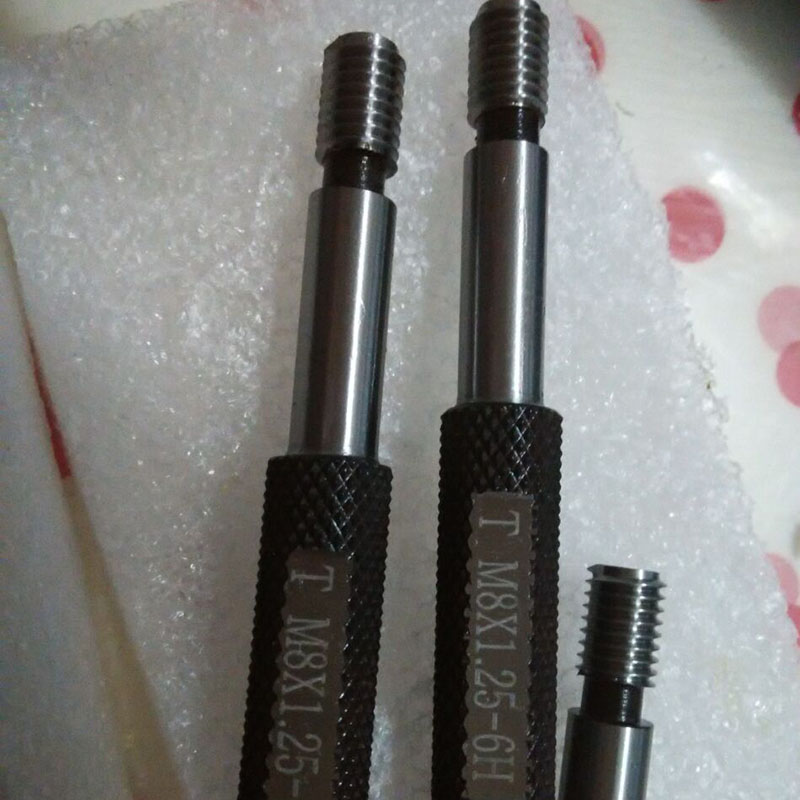Novemba . 04, 2024 20:54 Back to list
4 inch knife gate valve
Understanding the 4-Inch Knife Gate Valve A Comprehensive Overview
In the world of fluid control systems, valves play a crucial role in regulating the flow of liquids and gases. Among the various types of valves available, the knife gate valve has emerged as a favored choice in many industrial applications. Specifically, the 4-inch knife gate valve is a notable entity, often utilized in sectors such as wastewater treatment, mining, and bulk material handling. This article delves into the design, functionality, advantages, and applications of the 4-inch knife gate valve.
Design and Functionality
The knife gate valve is engineered to provide a tight seal that allows for the effective control of flow in one direction. The unique design features a blade-like gate that lowers and raises to open and close the passageway, enabling the flow of fluids or slurries. Since the gate slides down into the body of the valve and can be lifted completely out of the flow path, it minimizes the chances of clogging, making it particularly suitable for handling thick fluids and slurry-like substances.
A 4-inch knife gate valve typically measures four inches in diameter, which strikes a balance between flow capacity and space efficiency. The valve body is commonly constructed from robust materials like cast iron, stainless steel, or carbon steel, rendering it resilient to wear and corrosion. The choice of material is critical and often depends on the specific application requirements and environmental conditions.
Advantages of Knife Gate Valves
Knife gate valves offer several advantages over traditional valve types. One significant benefit is their ability to handle particulate-laden liquids. The cutting action of the blade effectively shears through fibrous or solid materials, which prevents clogging and blockage associated with standard gate valves.
Moreover, the design of the knife gate valve allows for minimal pressure drop when fully open. This characteristic is essential in maintaining the efficiency of fluid transport systems. Unlike ball or globe valves, which can restrict flow due to their design, a knife gate valve can provide a more unobstructed flow path.
4 inch knife gate valve

Another advantage is ease of operation. Knife gate valves can be manually operated or automated with actuators. This versatility makes them an excellent choice for applications where remote or automated operation is beneficial. The simplicity of the quarter-turn operation reduces maintenance needs and minimizes the risk of operational failures.
Applications
The versatility of the 4-inch knife gate valve lends itself to various applications across multiple industries. In wastewater treatment plants, these valves are invaluable in managing the flow of sludge and sewage. Their ability to provide a reliable seal is crucial in preventing leaks and contamination.
In the mining industry, knife gate valves are employed in the transport of slurries and tailings, handling solid and abrasive materials without difficulty. Their resistance to wear and tear ensures long service life even under rigorous operating conditions.
Additionally, the valve is commonly used in the pulp and paper industry, where it helps control the flow of pulp and other fibrous materials. The food and beverage industry also benefits from knife gate valves, as they can be designed with sanitary features to maintain hygiene standards.
Conclusion
In summary, the 4-inch knife gate valve is an essential component in various fluid control applications. Its unique design offers numerous advantages, including effective flow management, reduced clogging issues, and operational efficiency. As industries continue to grow and evolve, the reliance on reliable and robust valve solutions such as the knife gate valve will also increase. Understanding the functionality and applications of this valve can aid engineers and operators in making informed decisions regarding fluid control systems, ultimately leading to enhanced performance and reliability in their processes.
-
Flanged Gate Valve: A Reliable Choice for Industrial and Municipal SystemsNewsAug.20,2025
-
Soft Seal Gate Valve: A Modern Solution for Reliable Pipeline ControlNewsAug.20,2025
-
Gate Valve Types: Understanding the Options for Your Pipeline SystemsNewsAug.20,2025
-
Y Type Strainer: Essential for Clean and Efficient Flow SystemsNewsAug.20,2025
-
Cast Iron Y Strainer: Durable Solutions for Demanding ApplicationsNewsAug.20,2025
-
Flanged Y Strainer: An Essential Component in Industrial Filtration SystemsNewsAug.20,2025
Related PRODUCTS









